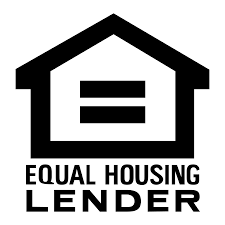
Back to Glossary
Adjustment Cap
Updated
January 19, 2023
ARM loans have three different kinds of interest rate caps. These include: 1. The initial adjustment cap. This type of cap refers to the initial increase percentage your ARM will rise after the fixed-rate period. The rate most often rises between 2% and 5%. This means that the first rate change cannot rise above 5% higher than your initial interest rate. 2. The second type of ARM cap is called a subsequent adjustment cap. This cap will determine how often and how high your interest rate will change during the adjustable-rate period. This rate often never rises above 2%, meaning that it will likely never rise higher than 2% more than the previous rate. 3. The third and final cap applied to ARMs is called the lifetime adjustment cap. This type of cap will determine how much the interest rate can increase in total, over the entire term period. This cap often sits around 5%. This means that your interest payment may never rise above 5% more than the initial rate. However, this is not always the case, some lenders may have a higher cap.



